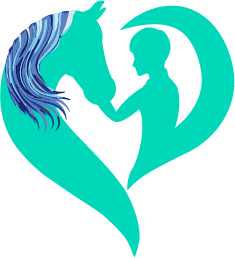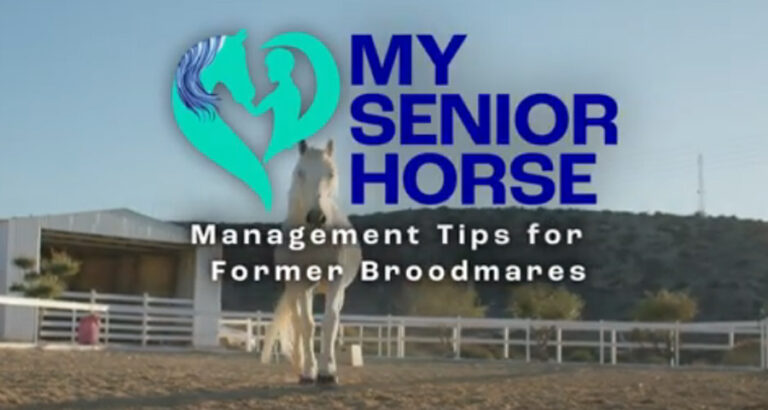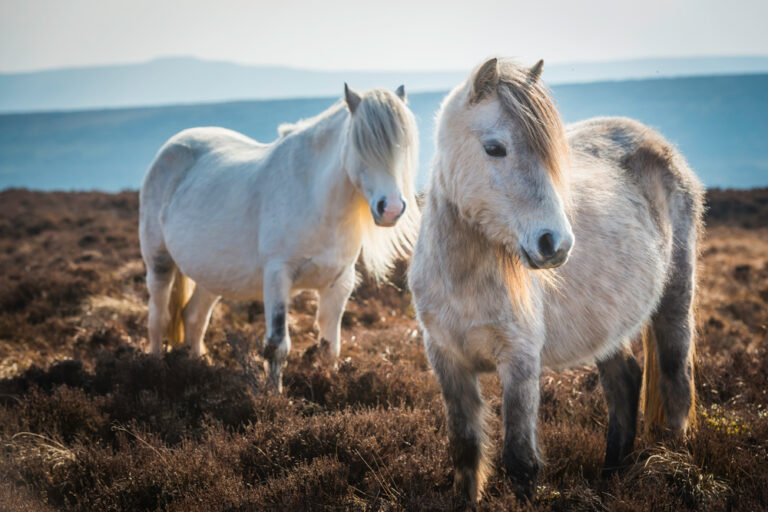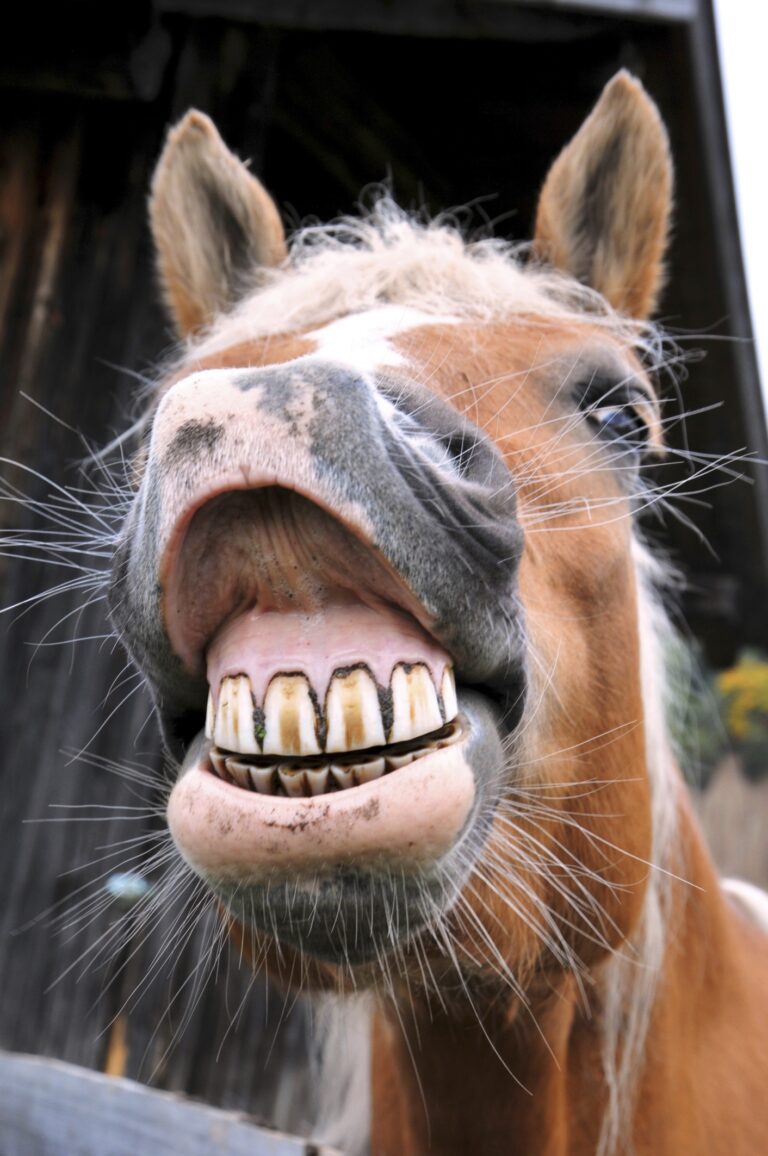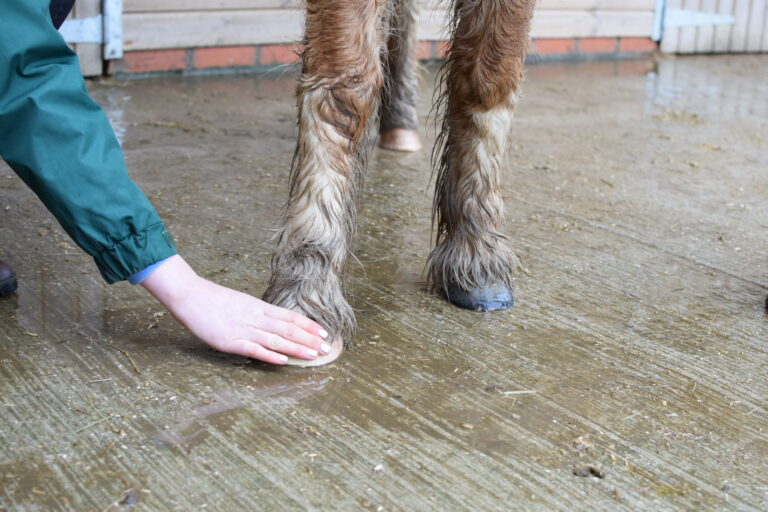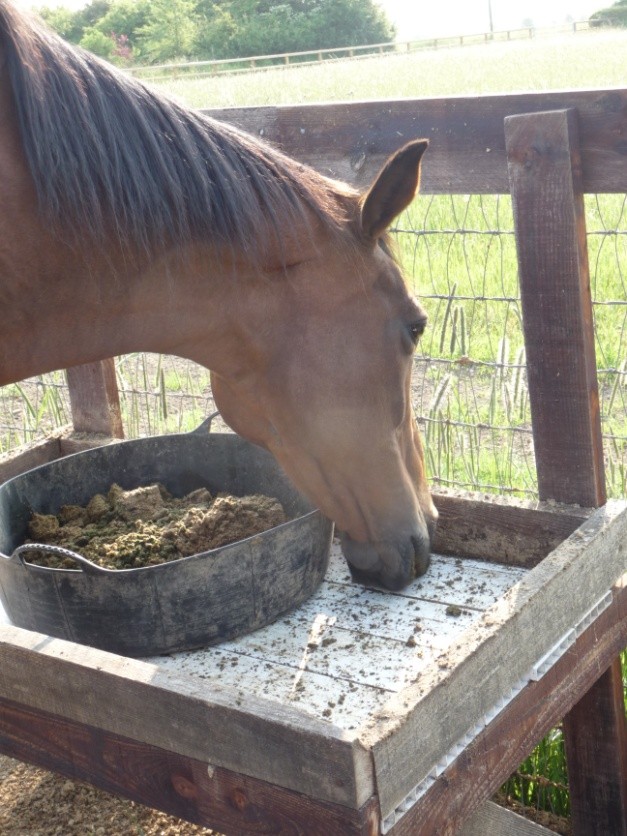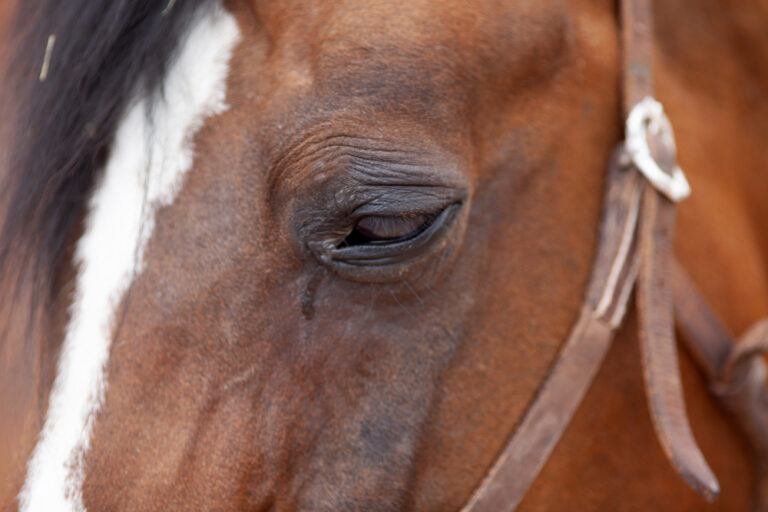Equine euthanasia is one of the most critical and heartbreaking times for a horse owner. The bonds between horse owners and their equine companions run deep. However, there comes a time when you might need to consider the difficult decision of euthanasia. But how do you know when it’s the right time, and what are the emotional and ethical implications of such a choice?
Making the Decision for Equine Euthanasia
Deciding when it’s time to say goodbye to a beloved horse is never easy. It often involves a combination of veterinary advice, quality of life assessments, and the owner’s gut feeling. According to the American Association of Equine Practitioners (AAEP), there are key factors to consider.
The AAEP notes that a horse should not have to endure the following:1
- Continuous or unmanageable pain from a condition that is chronic and incurable.
- A medical condition or surgical procedure that has a poor prognosis for a good quality of life.
- Continuous analgesic medication and/or box stall confinement for the relief of pain for the rest of its life.
- An unmanageable medical or behavioral condition that renders it a hazard to itself or its handlers.
Understanding the emotional turmoil surrounding equine euthanasia is crucial. It’s important to have a support system that understands your bond and loss. If that isn’t enough, seek help from a licensed professional in grief counseling.
Ensuring a Humane End
When the decision is made, the method of euthanasia must be humane. Euthanasia is most often carried out by a qualified veterinarian. Common humane techniques include chemical injection, gunshot, and captive bolt. Chemical euthanasia is the most widely used method, involving the administration of a barbiturate overdose to induce rapid unconsciousness followed by cardiac arrest.
The process of euthanasia itself is relatively quick and painless. The horse typically loses consciousness within seconds of receiving an injection and passes away shortly thereafter.
It’s essential for the owner to prepare for physical changes such as muscle relaxation, respiratory arrest, and sometimes involuntary movements post-euthanasia. For example, the horse might cough or twitch vigorously a couple of times and take several deep breaths. It is common for horses to pass wind and even urinate freely once they are unconscious and as they are passing away.
Before You Euthanize
Before your horse has been euthanized or died of natural causes, you must make decisions regarding the body. Cremation, burial, rendering, and composting are among the options available. Cremation offers the opportunity to keep the horse’s ashes or scatter them in a meaningful location. Burial on the owner’s property is another common choice, although local regulations might limit that option.
Practical considerations such as cost, environmental impact, and emotional closure play a significant role in determining the most suitable aftercare option. Local veterinary clinics and animal control services can assist in arranging post-euthanasia services tailored to the owner’s preferences.
If your horse is insured, you also must discuss the decision with the insurance company prior to undertaking euthanasia.
Final Words
In the end, the decision to euthanize a horse is a profound act of love and compassion. By navigating this sensitive topic with awareness, care, and respect, horse owners can honor their faithful companions in the most dignified manner possible.
Resource
-
Editors of My Senior Horse are journalism professionals, most of whom are lifelong horse owners.View all posts


